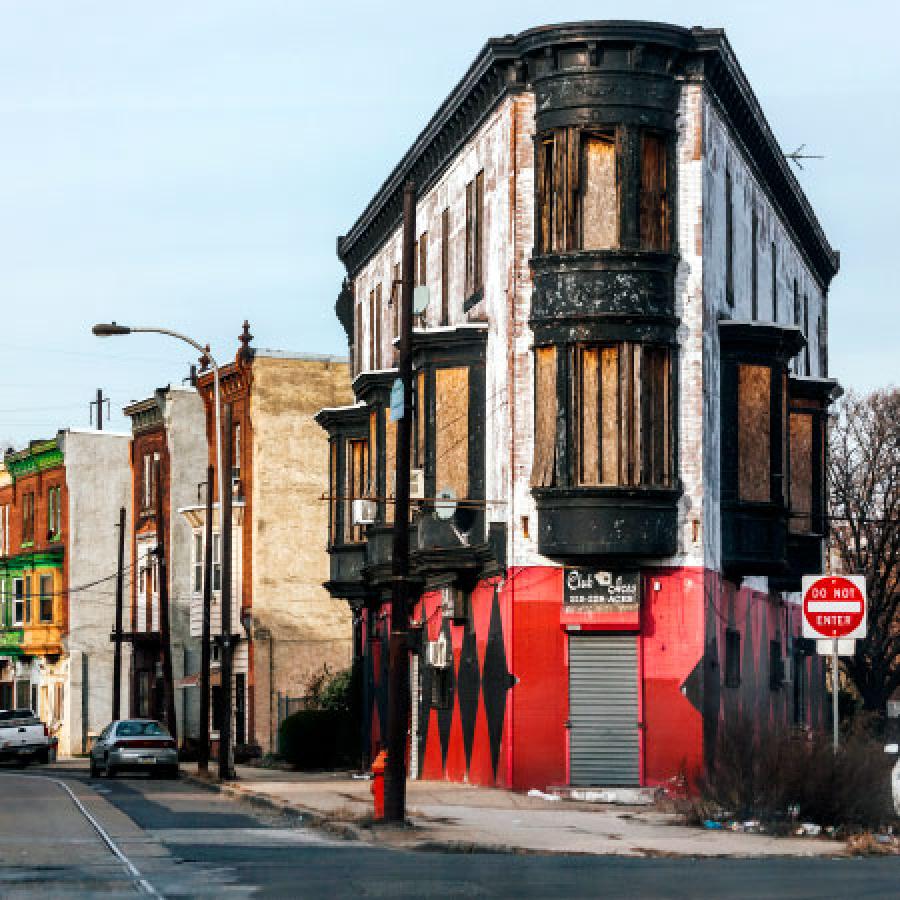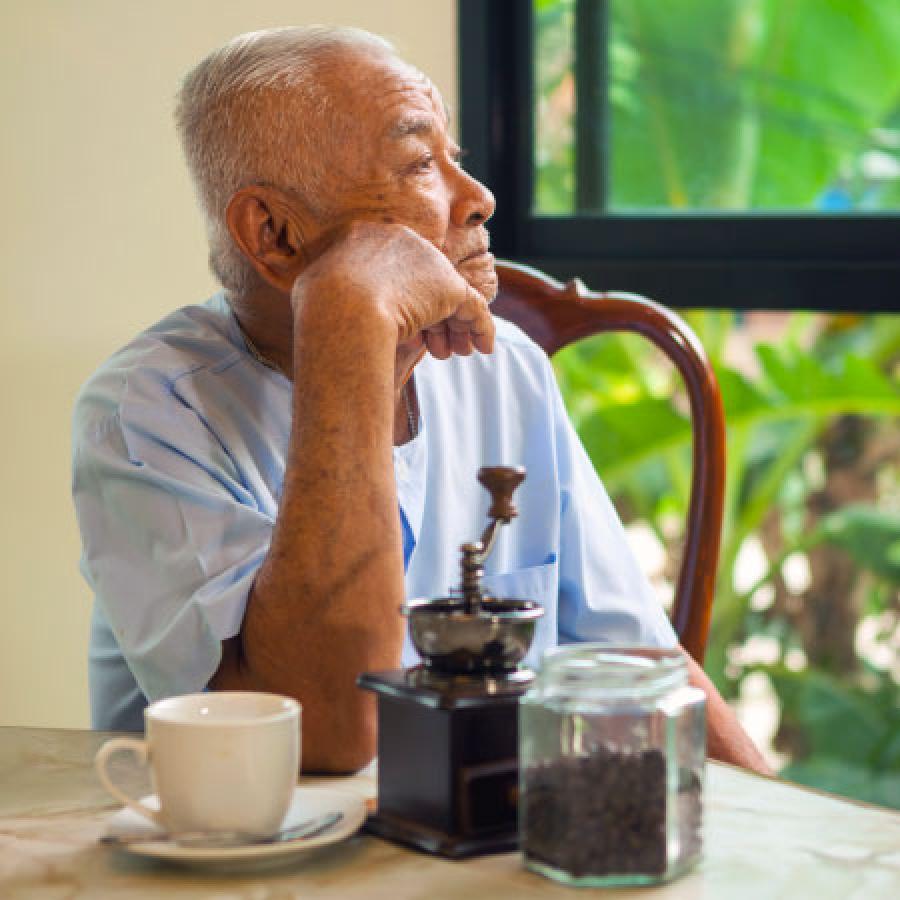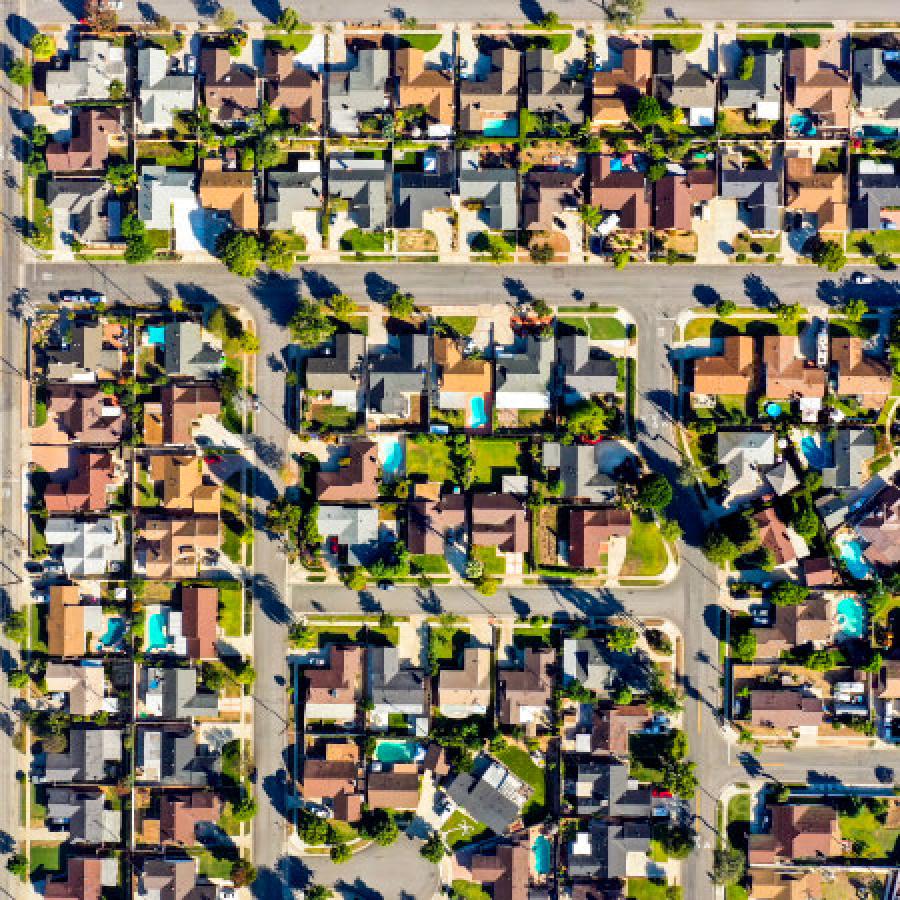Urban tree canopy: Healthy neighborhoods have access to trees and their benefits such as improved air quality and shade.
Insights & Analyses
- <insert insights and analyses>
Drivers of Inequity
As climate change continues to warm the Earth’s surface, tree canopies are one way that people and animals can escape extreme heat. Prolonged exposure to excessive heat can cause heart attacks, kidney disease, and cognitive decline. However, access to tree canopies in one's own community is not an equal. Due to redlining, wealthier predominately white households fled to suburban areas with more access to tree cover. Comparatively, there are fewer parks located in working class neighborhoods that are home to predominantly people of color and are zoned for multifamily households. Schools with a higher percentage of students that qualify for free or reduced price meals are more likely to be located in areas with less access to tree canopies.
Strategies
Grow an equitable economy: Policies to promote healthy environments for all
- Leverage municipal zoning to increase tree canopy. Public land such as public school sites and government owned lots can be sites for increased green space.
- Fund targeted tree canopy development in low-income and communities of color, particularly in urban areas.
- Develop other forms of shade infrastructure in order to provide access to immediate shade while new tree canopies mature.
Resources
- <insert resources; reports, data, etc.>


